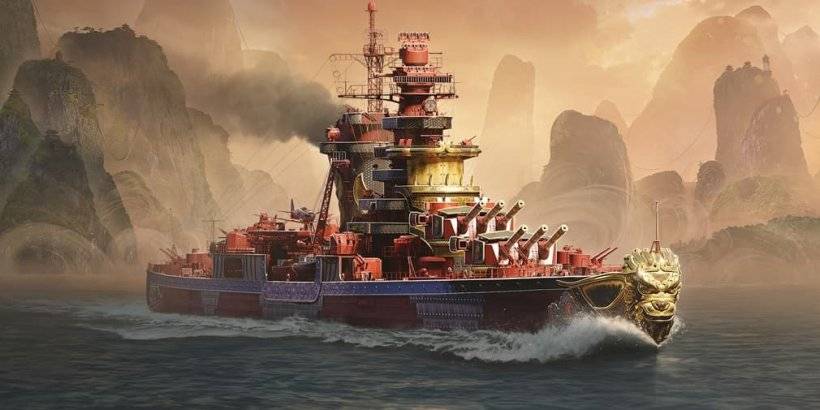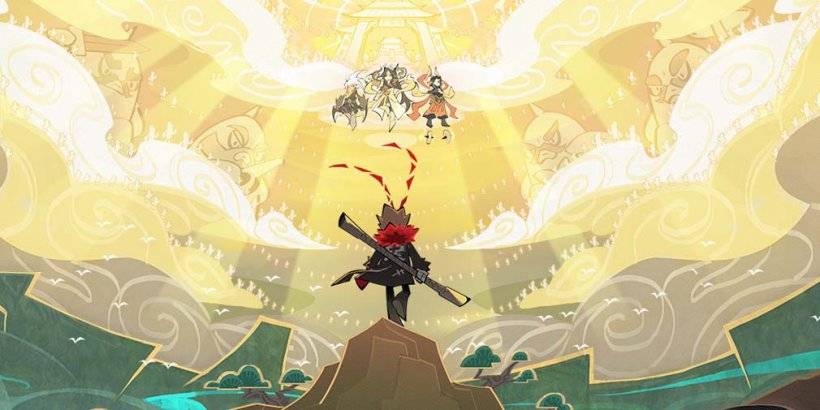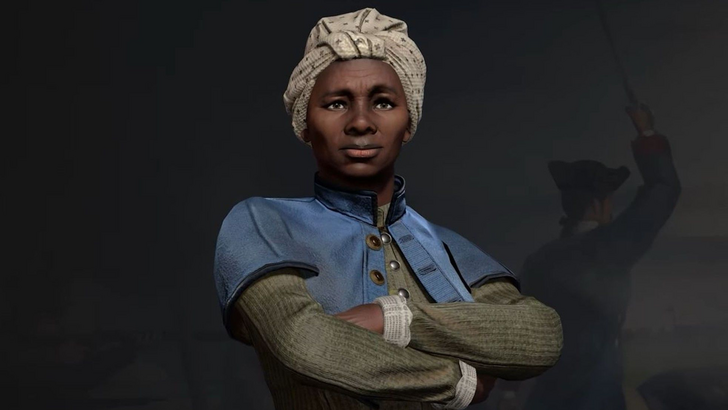
Civilization's leaders are as iconic as the civilizations themselves. Firaxis' approach to selecting national representatives has evolved significantly over the years. This article explores the evolution of Civilization VII's leader roster and how it redefines leadership.
← Return to Sid Meier's Civilization VII main article
Civ VII: A New Era of Leadership
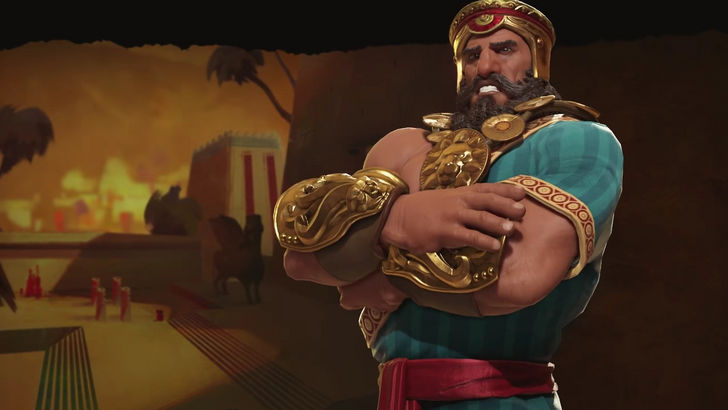
Leaders have always been central to Civilization, shaping the game's identity since its inception. Each leader embodies their civilization's unique characteristics, making them integral to gameplay. However, the representation of leaders has diversified across each installment, refining the concept of leadership and its impact on the game.
This exploration examines Civilization's history, analyzing the evolution of its leader roster and how Civilization VII introduces a unique approach to leadership.
Early Civilization: A Focus on Global Powers
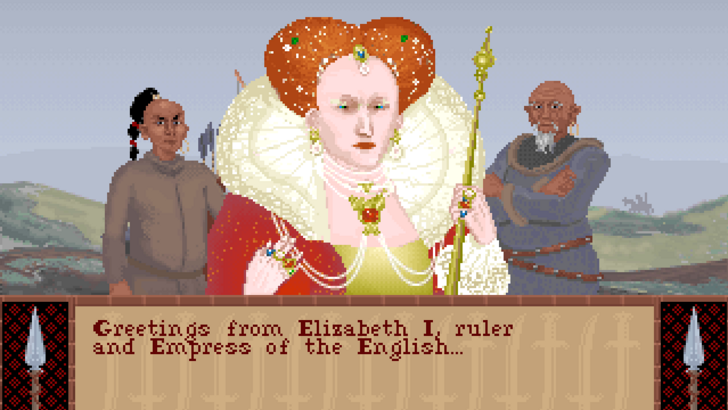
The original Civilization featured a relatively small roster compared to later iterations. The game primarily included prominent global superpowers and historical figures, with a few exceptions. Limited by design and technology, the 15 civilizations featured readily recognizable leaders like Abraham Lincoln, Tokugawa Ieyasu, and Julius Caesar. The selection prioritized widely known figures, resulting in a straightforward approach to leadership representation. While understandable for its time, this approach lacked the diversity seen in later games.
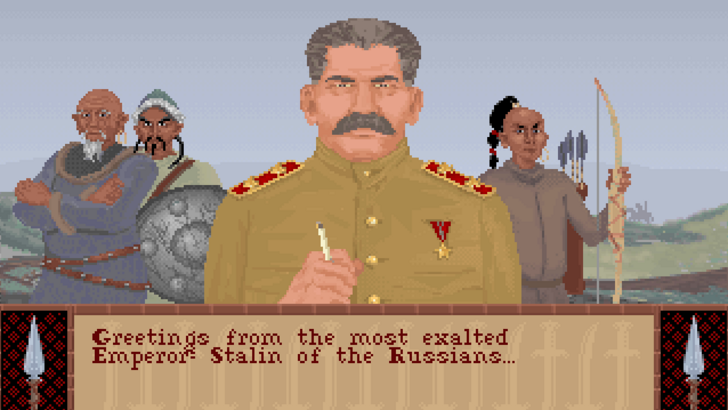
The roster included figures like Mao Zedong and Joseph Stalin, alongside Elizabeth I as the sole female leader. This reflects the historical context of the game's release. Subsequent installments would significantly expand the diversity and scope of leader representation.
Civilization II - V: Increasing Diversity and Creative Freedom
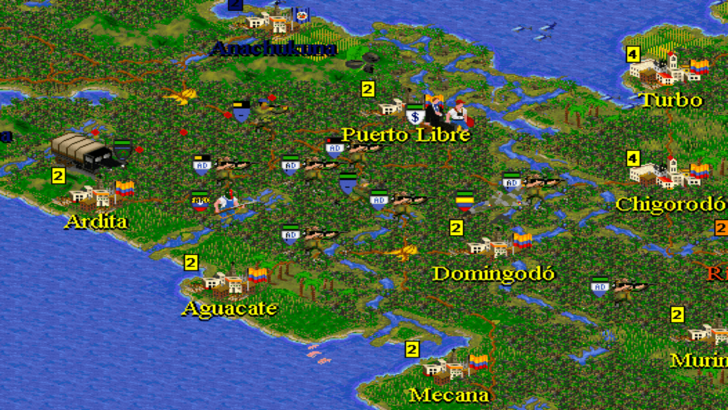
Civilization II expanded the roster, including lesser-known powers and introducing a separate roster of female leaders. The definition of "leader" broadened to encompass influential figures beyond heads of state, exemplified by Sacagawea and Amaterasu.
Civilization III integrated female leaders into the main roster, with figures like Joan of Arc and Catherine the Great replacing traditional male counterparts.
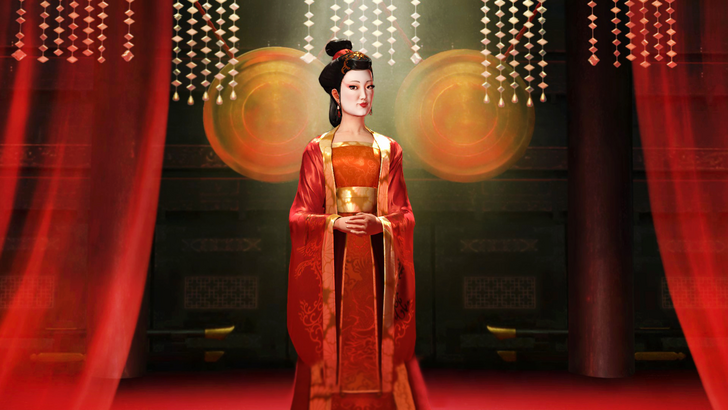
Civilization IV and V significantly expanded the roster and the definition of leadership. Revolutionaries, generals, and reformists became common, with major civilizations often represented by multiple leaders. The focus shifted from solely representing powerful figures to encompassing a broader representation of humanity.
Civilization VI: Enhanced Characterization and Diversity
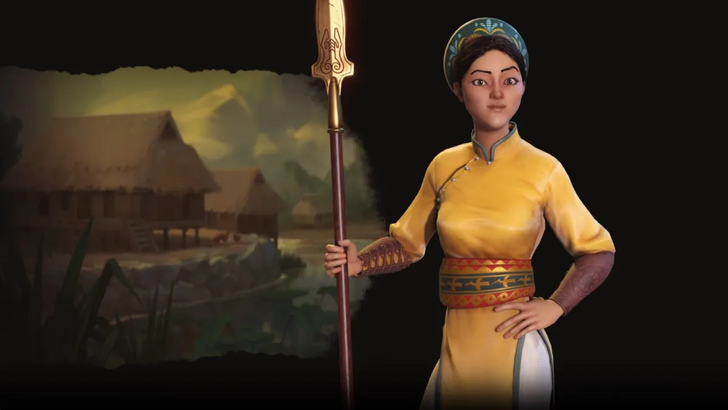
Civilization VI showcased enhanced characterization, diversity, and creativity, introducing leaders as stylized animated figures. Leader Personas, alternative versions of the same leader with different traits and playstyles, were introduced. Lesser-known historical figures gained prominence, such as Lautaro and Bà Triệu.
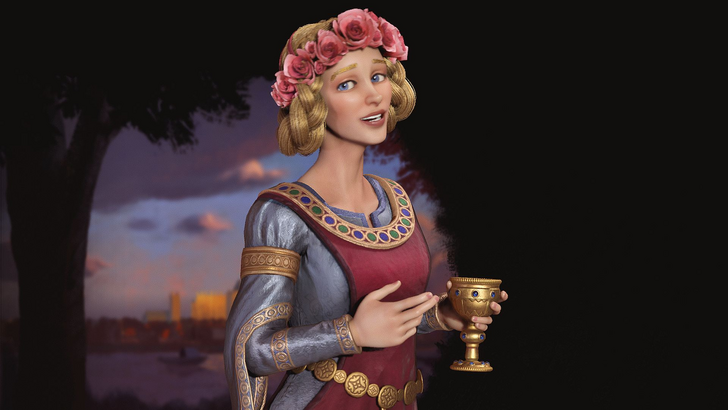
The game also featured civilizations with multiple leader options, and the integration of Leader Personas further broadened diversity. This approach emphasized distinct chapters of leaders' lives, influencing the design of Civ VII.
Civilization VII: A Bold New Direction
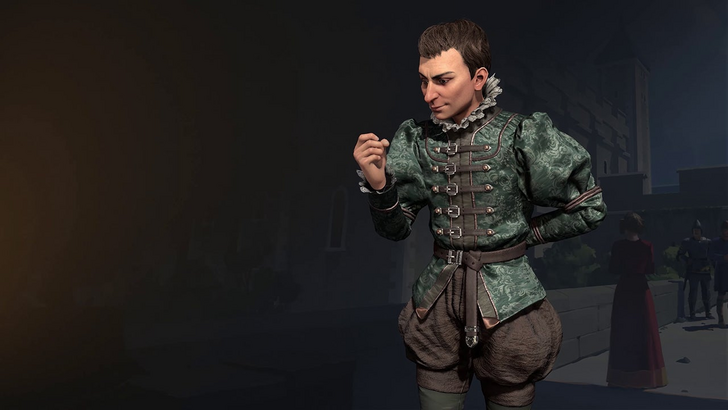
Civilization VII represents the culmination of Firaxis' evolving philosophy on leader selection. The roster is the most diverse yet, featuring unconventional leaders, multiple personas, and carefully curated selections tailored to different playstyles.
The mix-and-match approach allows lesser-known figures to take center stage. Harriet Tubman's inclusion as a leader specializing in infiltration is a prime example.
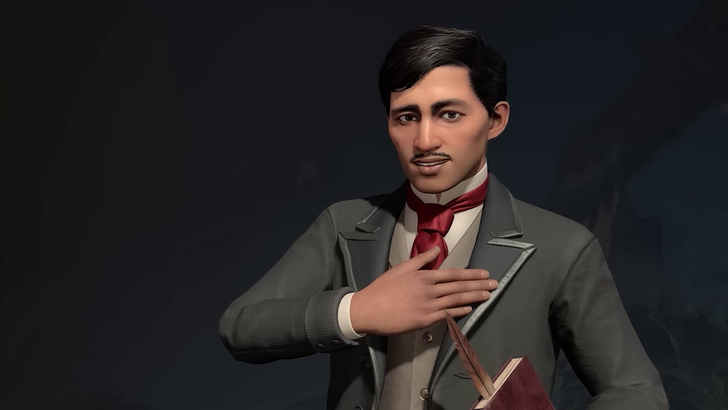
Other notable additions include Niccolò Machiavelli and José Rizal, showcasing a departure from traditional leader archetypes. Civilization's focus has broadened from powerful historical figures to a more inclusive representation of humanity's diverse contributions.
Over nearly 30 years, Civilization's leader representation has evolved dramatically, reflecting a broader understanding of leadership and its impact on history.
← Return to Sid Meier's Civilization VII main article
Sid Meier's Civilization VII Similar Games
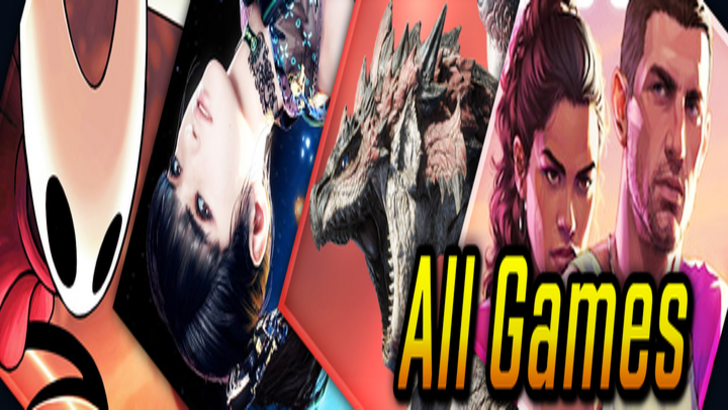












 LATEST ARTICLES
LATEST ARTICLES 
